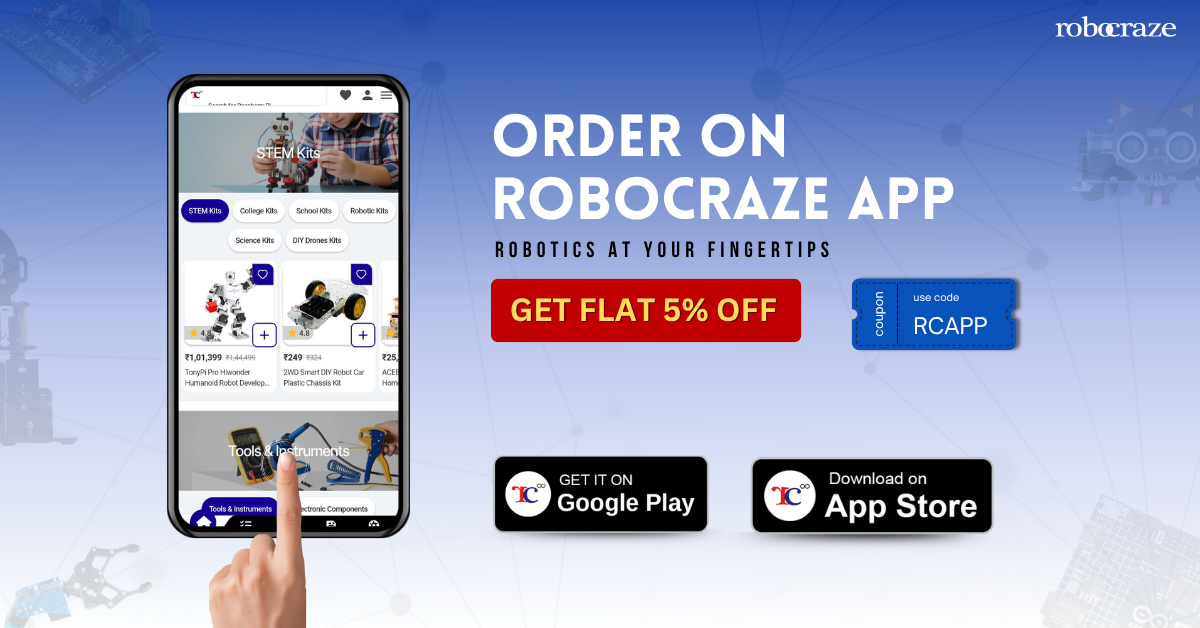0.96 Inch OLED Display Module SPI/I2C - 4pin Blue Color
This is the 0.96" OLED display module 4 pin, it is made of 128x64 individual blue OLED pixels, and each one is turned on or off by the controller chip.
It works without a backlight, that is, in a dark environment this blue OLED display 0.96 Inch is higher compared to that of an LCD display you will like the miniature for its crispness.
The driver chip of this 128×64 OLED display module for Arduino is SSD1315, which is compatible with I2C communication. This is an I2C OLED display with a 0.96 inch display, So this module can be controlled by I2C.
That is, except for the VCC and GND, 2 wires would be needed when using 4-wires I2C mode.
There is also a simple switch-cap charge pump that turns 5v into a low-voltage drive for the OLEDs.
This is the best 0.96 inch 4pin IIC i2c OLED display module in the market to use in your Arduino project.
Features:
- This mini OLED display module offers bright colors and clear images.
- A quick refresh rate provides smooth transitions and real-time updates.
- The SSD1315 chip and the I2C protocol provide an easy microcontroller connection.
- There are only two additional wires required for the 4-wire I2C mode.
- Compatible power supply ranges from 3.3V to 5V.
- Energy effectiveness OLED technology removes the requirement for a backlight.
Wiring diagram for Arduino and ESP8266

Applications:
- Watch
- Head-mounted displays
- Meters
- Other intelligent instruments.
Check out our wide range of collection of OLED display modules.




















